-
Your selected country is
Middle East / Africa
- Change country/language
Old Browser
This page has been recently translated and is available in French now.
Looks like you're visiting us from {countryName}.
Would you like to stay on the current country site or be switched to your country?
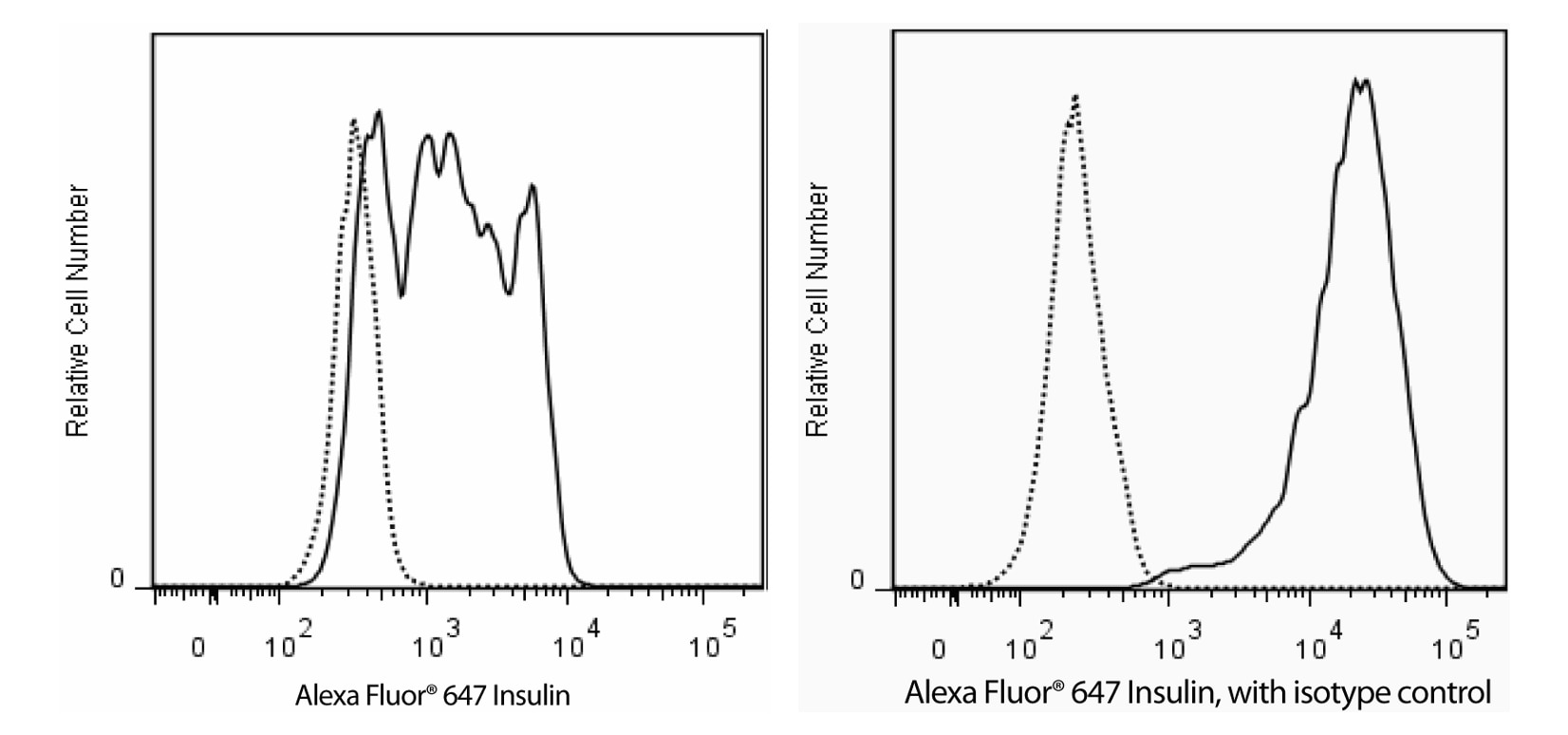



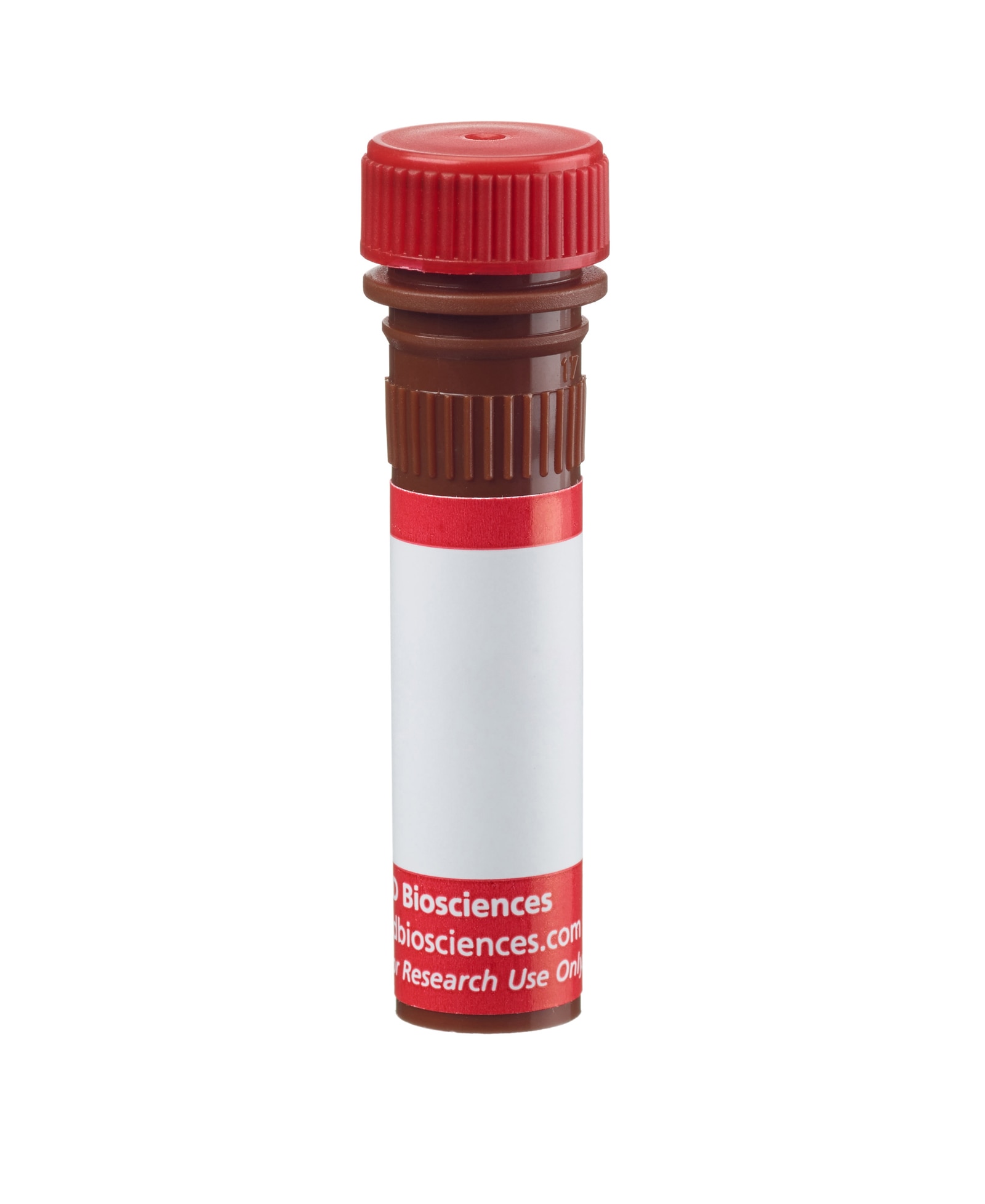

Flow cytometric analysis of insulin expression in human insulin-transfected 293F cells and a mouse insulinoma cell line. LEFT: Untransfected (dashed line histogram) and human insulin-transfected (solid line histogram) 293F cells were fixed with BD Cytofix™ Fixation Buffer (Cat. No. 554655) and permeabilized with BD Phosflow™ Perm Buffer III (Cat. No. 558050). The cells were then washed and stained with Alexa Fluor® 647 Mouse Anti-Insulin (Cat. No. 565689). RIGHT: Mouse Beta-TC-6 cells (ATCC CRL-11506) were fixed with BD Cytofix™ Fixation Buffer (Cat. No. 554655) and permeabilized with BD Phosflow™ Perm Buffer III (Cat. No. 558050). The cells were then washed and stained with either Alexa Fluor® 647 Mouse IgG1, κ isotype control (Cat. No. 557783, dashed-line histogram) or Alexa Fluor® 647 Mouse Anti-Insulin (solid line histogram). All fluorescence histograms were derived from gated events with the forward and side light-scatter characteristics of intact cells. Flow cytometry was performed on a BD Canto™ II flow cytometry system.

Fluorescent staining of insulin in human and mouse islets of Langerhans. Following antigen retrieval with BD Pharmingen™ Retrievagen A Buffer (Cat. No. 550524), sections from formalin-fixed, paraffin-embedded sections of human (left) and mouse (right) pancreata were stained with Alexa Fluor® 647 Mouse Anti-Insulin (Cat. No. 565689, pseudocolored green). Cell nuclei were counterstained with DAPI (Cat. No. 564907, pseudocolored red). The images were captured using an ImageXpress® Micro XLS and merged using MetaXpress® Software (Molecular Devices, LLC).


BD Pharmingen™ Alexa Fluor® 647 Mouse Anti-Insulin

BD Pharmingen™ Alexa Fluor® 647 Mouse Anti-Insulin

Regulatory Status Legend
Any use of products other than the permitted use without the express written authorization of Becton, Dickinson and Company is strictly prohibited.
Preparation And Storage
Product Notices
- Since applications vary, each investigator should titrate the reagent to obtain optimal results.
- Please refer to www.bdbiosciences.com/us/s/resources for technical protocols.
- The Alexa Fluor®, Pacific Blue™, and Cascade Blue® dye antibody conjugates in this product are sold under license from Molecular Probes, Inc. for research use only, excluding use in combination with microarrays, or as analyte specific reagents. The Alexa Fluor® dyes (except for Alexa Fluor® 430), Pacific Blue™ dye, and Cascade Blue® dye are covered by pending and issued patents.
- Alexa Fluor® is a registered trademark of Molecular Probes, Inc., Eugene, OR.
- Alexa Fluor® 647 fluorochrome emission is collected at the same instrument settings as for allophycocyanin (APC).
- All other brands are trademarks of their respective owners.
- For fluorochrome spectra and suitable instrument settings, please refer to our Multicolor Flow Cytometry web page at www.bdbiosciences.com/colors.
- Caution: Sodium azide yields highly toxic hydrazoic acid under acidic conditions. Dilute azide compounds in running water before discarding to avoid accumulation of potentially explosive deposits in plumbing.
- Species cross-reactivity detected in product development may not have been confirmed on every format and/or application.
- An isotype control should be used at the same concentration as the antibody of interest.
Companion Products


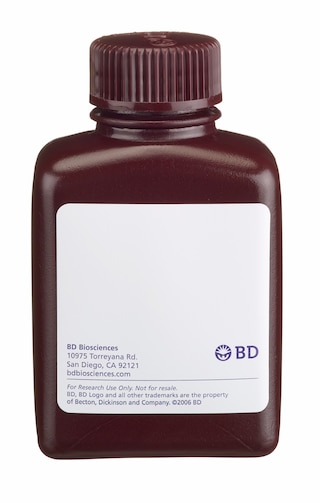
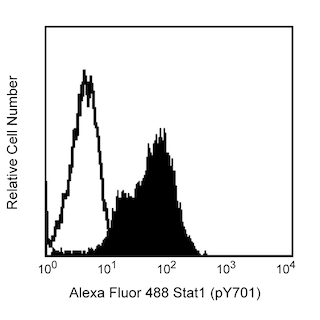
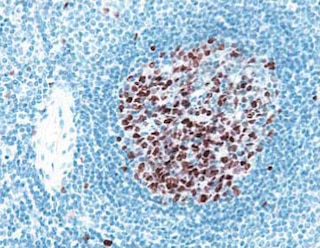
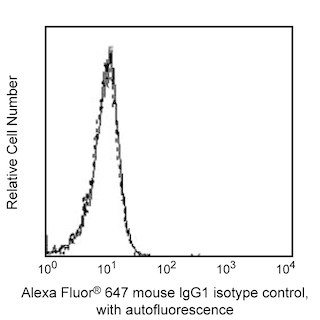
The T56-706 monoclonal antibody specifically binds to insulin, a member of the insulin family of active peptides. Insulin is an evolutionarily conserved peptide hormone that binds to receptors on target cells (primarily adipose and muscle) to promote the absorption of glucose from the blood, thus regulating fat and carbohydrate metabolism. Insulin is produced by β cells in the islets of Langerhans of the pancreas. There, the precursor molecule, preproinsulin, is cleaved to proinsulin that is in turn cleaved to form the mature insulin hormone, which is composed of two peptides (A- and B-chains) linked by 2 disulfide bonds. Mature insulin is stored in granules in the β cells and is released to the blood in response to metabolic signals such as glucose, the amino acids arginine and leucine, and acetylcholine. Catecholamines can regulate blood glucose levels by either stimulating or inhibiting the release of insulin from β cells. The expression of insulin can be used to monitor the pancreatic differentiation of pluripotent stem cells.
Development References (5)
-
Bell GI, Pictet RL, Rutter WJ, Cordell B, Tischer E, Goodman HM. Sequence of the human insulin gene. Nature. 1980; 284(5751):26-32. (Biology). View Reference
-
D'Amour KA, Bang AG, Eliazer S, et al . Production of pancreatic hormone-expressing endocrine cells from human embryonic stem cells. Nat Biotechnol. 2006; 24(12):1481-1483. (Biology). View Reference
-
Kelly OG, Chan MY, Martinson LA, et al. Cell-surface markers for the isolation of pancreatic cell types derived from human embryonic stem cells. Nat Biotechnol. 2011; 29(8):750-756. (Biology). View Reference
-
Pagliuca FW, Millman JR, Gürtler M, et al. Generation of functional human pancreatic β cells in vitro. Cell. 2014; 159(2):428-439. (Biology). View Reference
-
Rezania A, Bruin JE, Riedel MJ et al. Maturation of human embryonic stem cell-derived pancreatic progenitors into functional islets capable of treating pre-existing diabetes in mice. Diabetes. 2012; 61(8):2016-2029. (Biology). View Reference
Please refer to Support Documents for Quality Certificates
Global - Refer to manufacturer's instructions for use and related User Manuals and Technical data sheets before using this products as described
Comparisons, where applicable, are made against older BD Technology, manual methods or are general performance claims. Comparisons are not made against non-BD technologies, unless otherwise noted.
For Research Use Only. Not for use in diagnostic or therapeutic procedures.
Report a Site Issue
This form is intended to help us improve our website experience. For other support, please visit our Contact Us page.